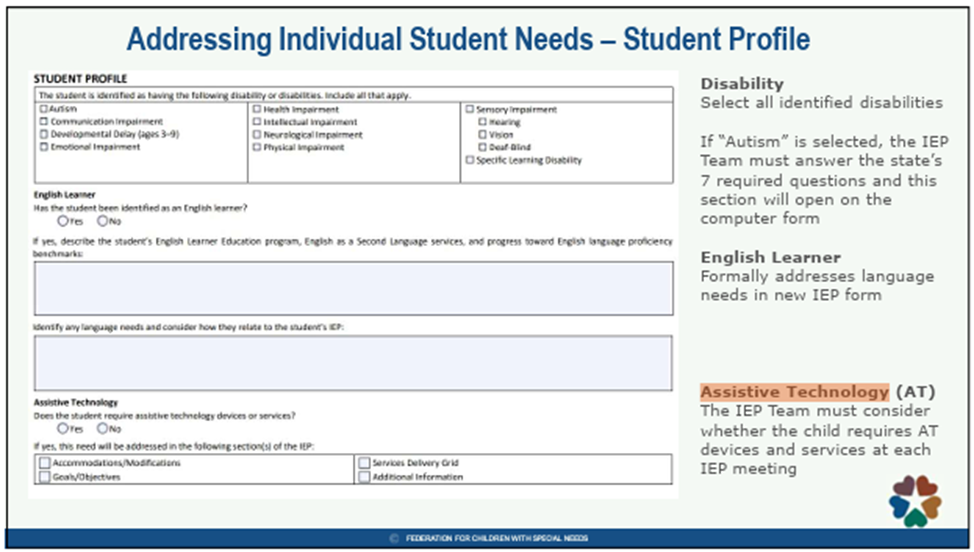Pediatric Belt Canes Mainstream Media
- Beaux Jettson
- Nov 6, 2024
- 3 min read
2024 Safe Toddles Pediatric Belt Canes are the hottest topic this year!!
The American Printing House for the Blind's announcement of the fourth edition of Foundation of Orientation and Mobility is just the most recent example of many!
On LinkedIn the American Printing House for the Blind (APH) wrote "The fourth edition of Foundation of Orientation and Mobility is now available! This comprehensive resource for O&M practitioners and students has been updated to reflect current research and the impact of technology on the field. Hear more about the updates in this edition from editor Dr. William Wiener.

In this article on the APH website, the answer is Pediatric Belt Canes to the interviewer's question how has the field of orientation and mobility changed since the previous edition?
Here is the full except from the APH website:
How has the field of orientation and mobility changed since the previous edition?
There have been changes or additions to each of the chapters in the new fourth edition. To name a couple of examples, in my own Volume 1 Chapter 4, the technology of hearing aids has changed greatly. We now have over-the-counter hearing aids and phone-based apps that can be used to screen a person’s hearing. Volume 1, Chapter 8 presents information on adaptive mobility devices and their uses. Volume 1, Chapter 9 discusses digital maps and the use of GPS in teaching travelers to navigate through the environment. Volume 2, Chapter 13 provides the latest information on Electronic Orientation Aids (EOAs) and suggested lesson plans for providing instruction in their use. Volume 2, Chapter 18 provides instruction on how to introduce and use the Pediatric Belt Cane with young children. Each chapter introduces new useful information for practice."
Earlier this year, The American Association for the Education and Rehabilitation of the Blind and Visually impaired (AER) released a video entitled Visual Impairment Professions. In the video a little girl is observed walking the halls of the Maryland School for the Blind wearing her Pediatric Belt Cane!!
The research conducted by our medical advisory committee analyzing the gait outcomes of children with a mobility visual impairment or blindness including those with a cortical visual impairment was awarded Best Abstract in the Uniform Section of the American Academy of Pediatrics annual meeting, September 2024 in Orlando Florida.
Last year, we learned that medical professionals at the Hospitals and other pediatric physical therapists were billing Medicaid for the Pediatric Belt Cane because wearing the Belt Cane is a medical necessity for blind babies to walk.
Recent Published Students
Ambrose-Zaken, G., Chong, P. Enzenauer, R., (2024). Comparative video gait
analysis of assistance for children with cerebral visual impairment (CVI).
Investigative Ophthalmology & Visual Science, 65(7):2579. https://iovs.arvojournals.org/article.aspx?articleid=2794668
Ambrose-Zaken, G. (2023). Beyond Hand’s Reach: Haptic Feedback is Essential
to Toddlers with Visual Impairment Achieving Independent Walking. The
Journal of Visual Impairment & Blindness, 117(4), 278-291. https://doi.org/10.1177/0145482X231188728.
Ambrose-Zaken, G. (2022). A study of improving independent walking outcomes
in children who are blind or have low vision aged 5 years and younger. Journal
of Visual Impairment & Blindness, 116(4), 533–545. https://doi.org/10.1177/0145482X221121824
Ambrose-Zaken, G. V., FallahRad, M., Bernstein, H., Wall Emerson, R., & Bikson,
M. (2019). Wearable Cane and App System for Improving Mobility in
Toddlers/Pre-schoolers With Visual Impairment. Frontiers in Education, 4. doi.org/10.3389/feduc.2019.00044









Comments